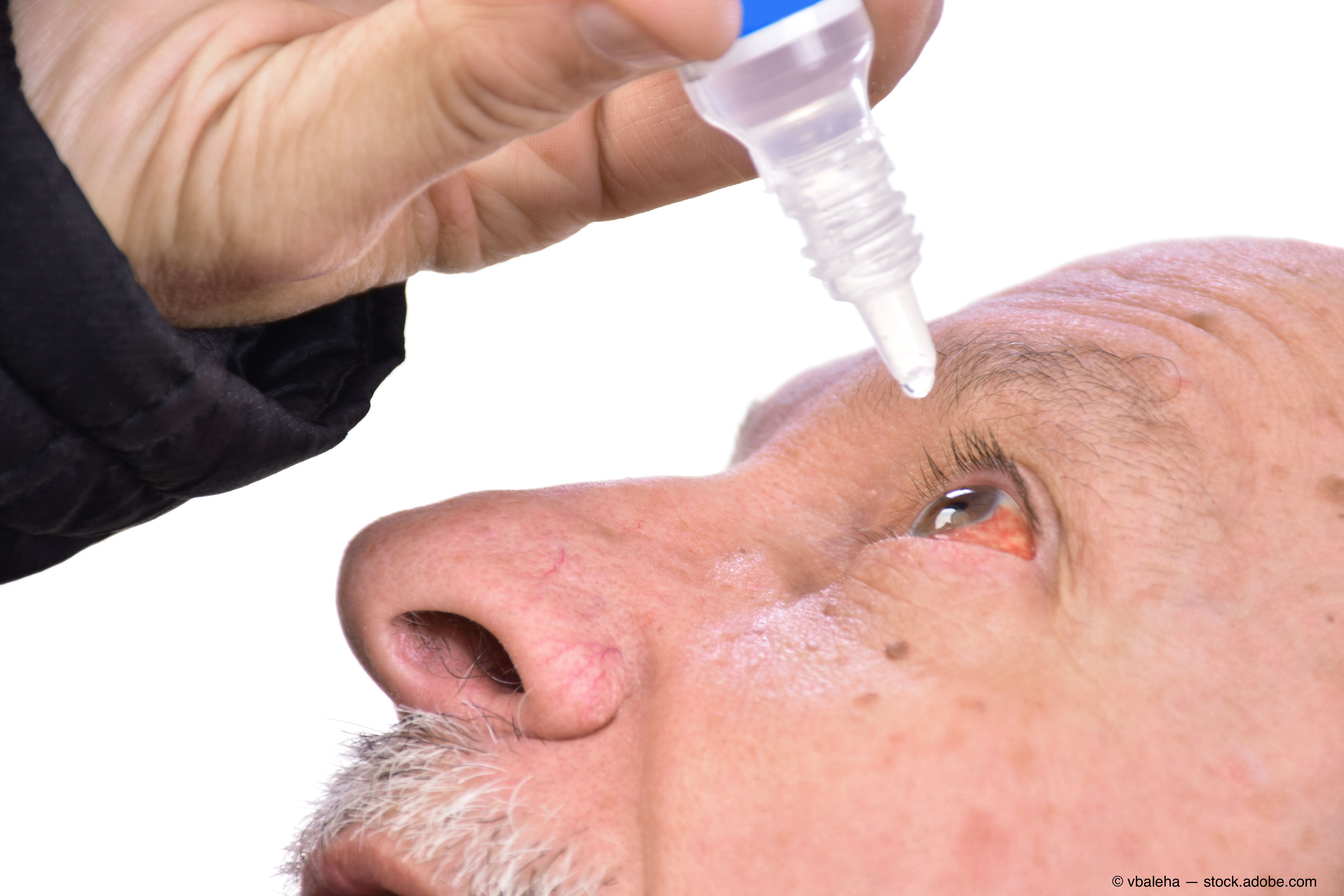Article
Okyo Pharma announces its drug candidate OK-101 demonstrates potential for treating dry eye disease
Author(s):
According to the company, OK-101 displays both anti-inflammatory and ocular pain-reducing potential.

Okyo Pharma Ltd. announced this week that its drug candidate OK-101, which was developed to treat DED through its anti-inflammatory mode of action, also shows potent ocular pain reducing property determined using a mouse model of corneal neuropathic pain, establishing the potential to treat both pain and inflammation, the most common symptoms of dry eye, with a single drug.
In collaboration with Pedram Hamrah, MD, interim chair of ophthalmology, cornea specialist, and clinician-scientist at Tufts Medical Center in Boston, OK-101 was demonstrated to suppress corneal pain in a ciliary nerve ligation mouse model of neuropathic corneal pain developed in Hamrah’s laboratory.
OK-101 was topically administered to mice in comparison to the positive control gabapentin which was administered via intraperitoneal injection. Pain relief was evaluated by an eye-wipe count, and OK-101 was shown to reduce corneal pain similar to that of gabapentin, a commonly used oral drug for neuropathic pain. Notably, the drug concentration of OK-101 used in this study was identical to that used in mouse models of DED that demonstrated ocular anti-inflammatory activity.
“Ocular pain, which can exhibit as a severe, chronic or debilitating condition in patients suffering from a host of ophthalmic conditions, is presently treated by various topical and systemic treatments in an off label fashion,” Hamrah said in a statement. “However, there are no approved commercial treatments currently available for this condition, and we are excited about these positive results with OK-101 in our neuropathic corneal pain model of this disease.”
According to Raj Patil, PhD, chief scientific officer of Okyo, the pain relieving potential of a dry eye drug is very important because a considerable number of dry eye patients with chronic inflammation suffer from ocular pain, and a burning and gritty sensation.
“The discovery of the pain reducing feature of OK-101, in addition to its known anti-inflammatory activity, offers the opportunity that our drug could potentially provide pain relief in addition to reducing ocular inflammation in the millions of patients suffering from DED,” Patil said in the release.
Moreover, Gary S. Jacob, PhD, CEO of Okyo, pointed out that the company is currently focused on finishing the pre-IND work on OK-101 and is planning to file the IND on OK-101 to treat DED in Q3 2022, followed by the commencement of a Phase 2 trial in DED patients in Q4 2022.
“The recent discovery that OK-101 has both anti-inflammatory and ocular pain suppressing activity is an exciting development, and we believe that OK-101 can provide a new way to treat DED patients who are presently not well served by drugs currently approved for treating dry eye disease,” he said in a statement.
Newsletter
Don’t miss out—get Ophthalmology Times updates on the latest clinical advancements and expert interviews, straight to your inbox.





